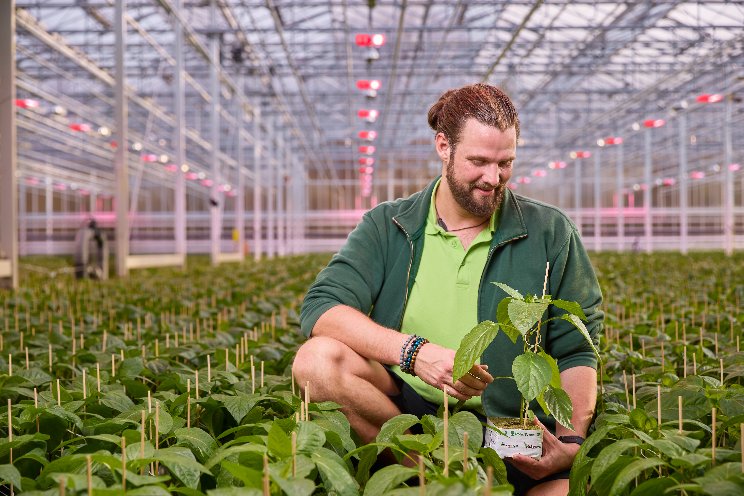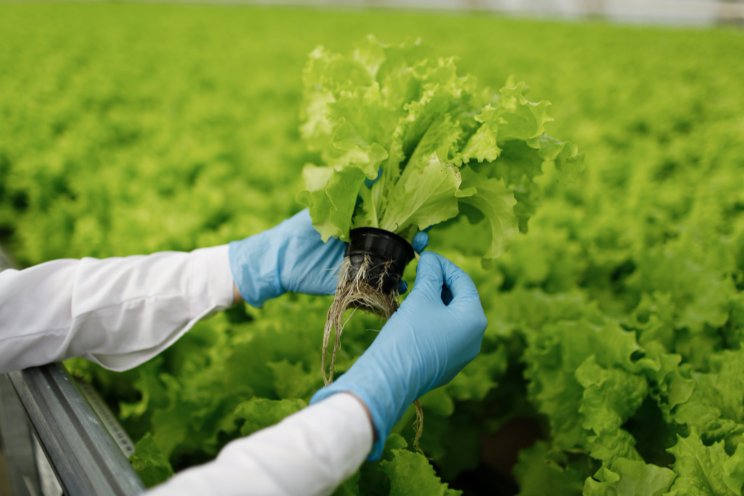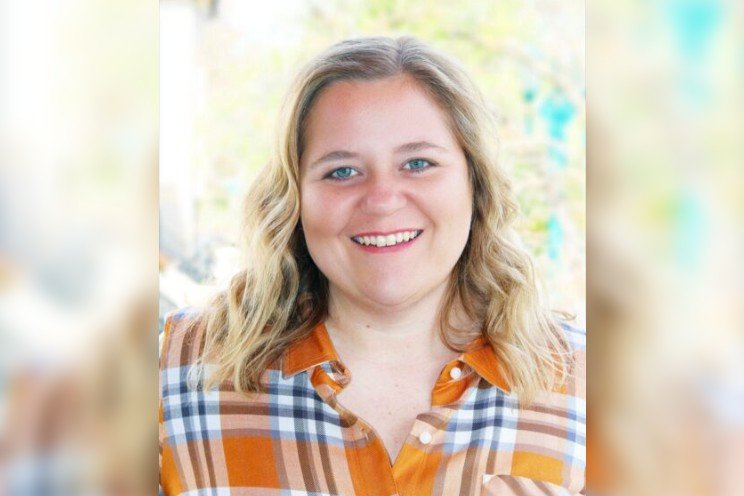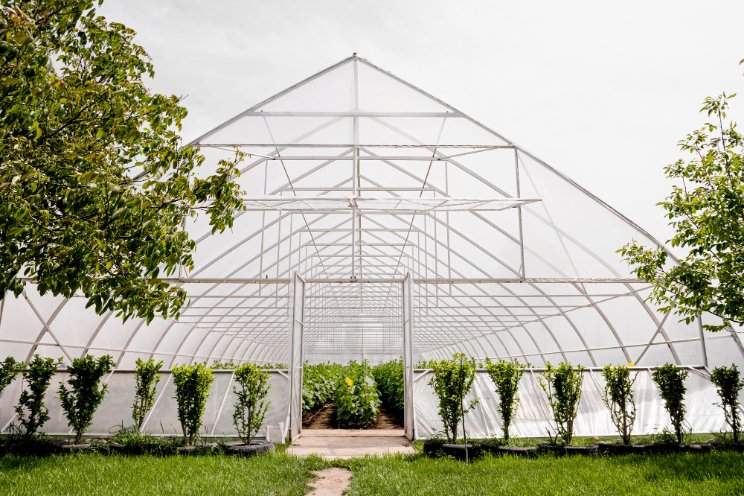Avoiding tipburn on strawberries
Added on 20 January 2023

When strawberry plants are grown under relatively low night humidity (in dry climate or in an intensively heated greenhouse at night), tipburn and calyx burn may become problematic. Tipburn is a localized calcium deficiency that is typically initiated in the fast-growing shoot tip. The symptom may be first noticed as a darker-colored shoot tip, which later develops a necrotic distal end of leaf or calyx. Calyx burn is particularly problematic as it reduces cosmetic (visual) quality of strawberry fruit.
The localized calcium deficiency is often caused by limited allocation of calcium driven by mass flow (transpiration). In crops like lettuce, tipburn can be mitigated by increasing transpiration rate during the daytime. In strawberry, however, a more effective way to mitigate tipburn is not via increasing daytime transpiration, but by suppressing non-stomatal transpiration during the nighttime. Incidences of tipburn and calyx burn in strawberry can be reduced by lowering nighttime VPD (or increasing relative humidity) in the greenhouse.
Guttation and tipburn
Guttation is a good indicator of plant health in strawberry. Guttation occurs when the xylem pressure is high with all stomates closed and little non-stomatal transpiration under humid night condition (>95% at 15C or 0.1 kPa VPD). Guttation and tipburn incidence are known to be correlated. When plants are grown under conditions where guttation is rarely seen, these plants typically exhibit tipburn.
Continue reading.
Photo created by Julian Hochgesang - Unsplash
More news















